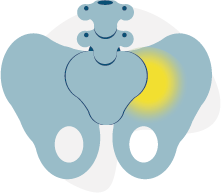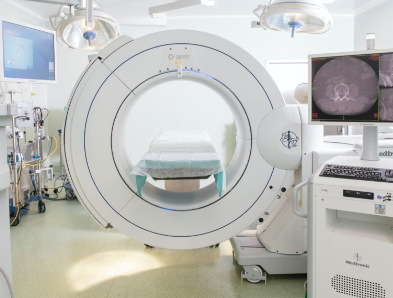The symptoms of sacroiliitis are very similar to the symptoms of low back pain coming from the spine, which is why it is often hard to diagnose it correctly. It can also be accompanied by a pseudo-sciatica, since the sciatic nerve starts in the lower spine and then runs just underneath the sacroiliac joint, making the diagnosis even more complicated.
As we have mentioned, the sacroiliac is the largest joint in the body, so when it is injured, it will cause very intense pain. Patients with sacroiliitis are more severely incapacitated than patients suffering from disc-related low back pain.
MAIN SYMPTOMS
- Unilateral low back pain (on only one side of the body)
- Pain extending or radiating to the hip and groin
- Pain that runs down the side of the leg all the way to the ankle or even the foot, simulating sciatica from a herniated disc
WHEN DOES IT HURT?
The pain patterns of sacroiliitis are different from those of pain caused by a vertebral disc or facet joint. Patients may suffer from some all of the following problems:
- Night pain: they are not able to sleep on the side that hurts
- Pain when sitting: they are not able to sit on the side that hurts
- Pain when standing: they always support all their body weight on the leg that doesn’t hurt
- Pain when climbing stairs: they cannot climb stairs using the affected leg


.jpg)


